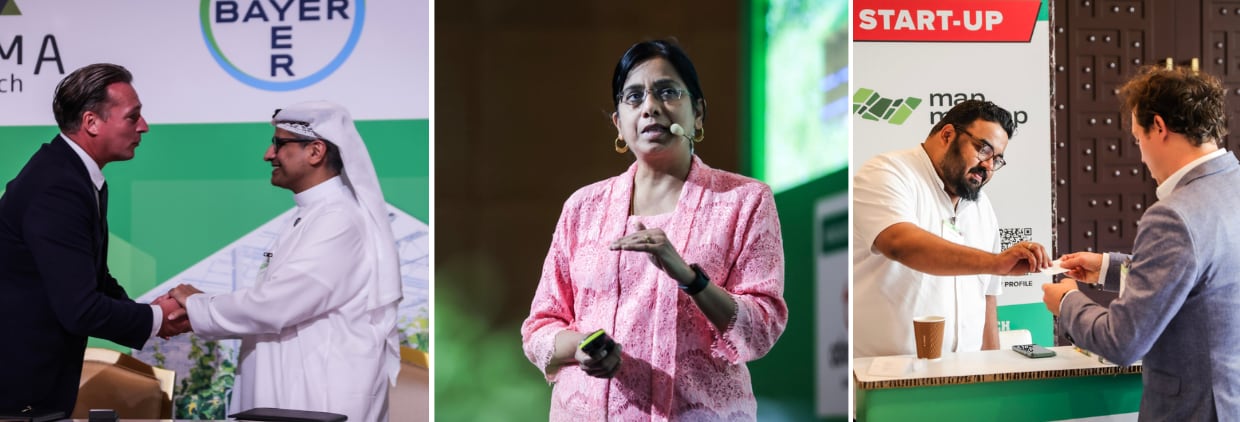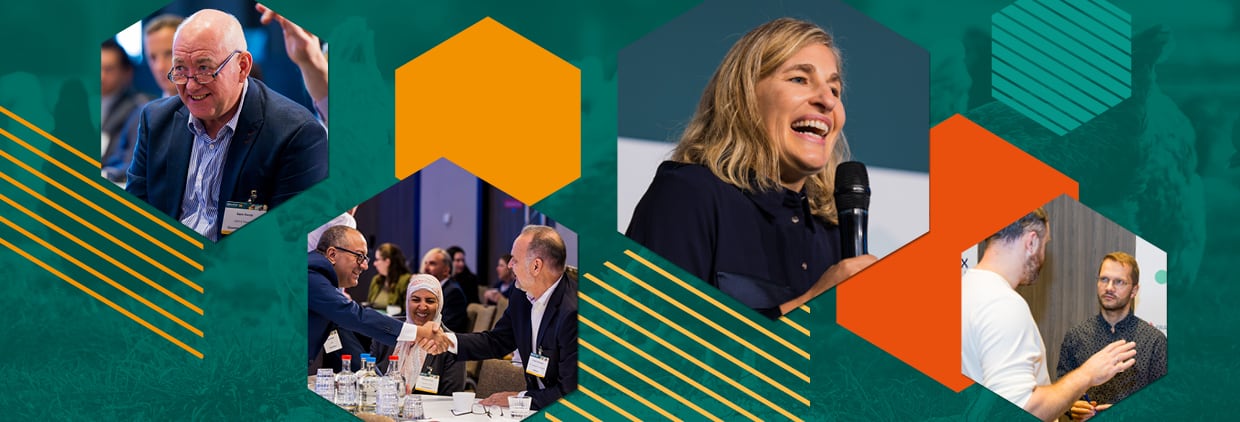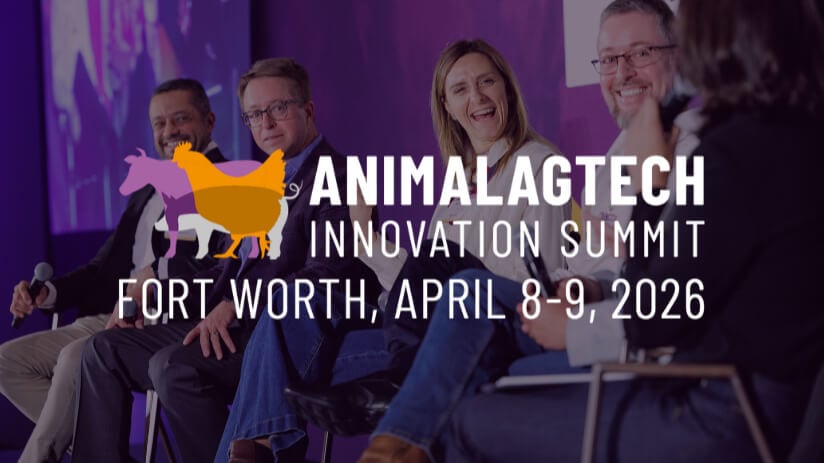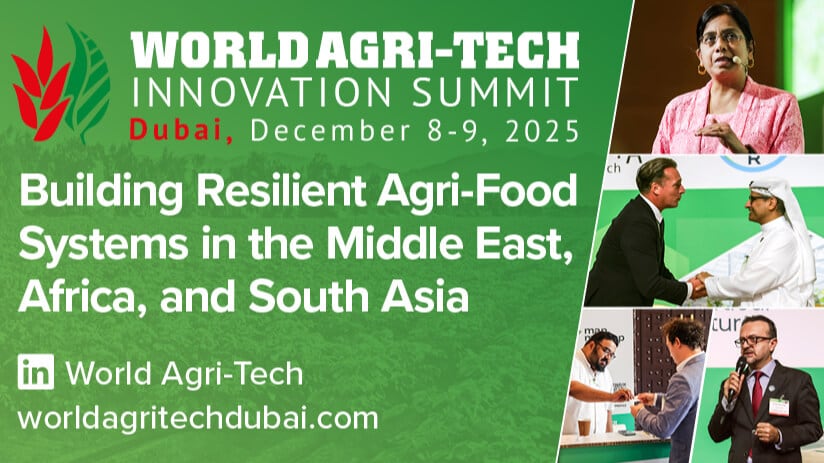Rising temperatures, shifts in rainfall patterns, and water scarcity pose serious threats to food security across the MENA region.
MENA – encompassing the Middle East and North Africa – face a growing number of climate-related challenges which threaten to alter crop cycles and increase the risk of droughts, floods, and the spread of pests and diseases.
In the past decade, the temperature increase in the Middle East is nearly double the global average.¹ And with its vast deserts and limited water resources, the Middle East faces significant agricultural challenges.
North Africa also faces extremely volatile climates, hitting record breaking temperatures of 51°C in Algeria and 49°C in Tunisia in 2024, posing a significant threat to food security.² And with over 60% of MENA classified as arid or semi-arid, reliance on food imports and inefficient agricultural practices significantly impact the security of food systems.³
Although separated by distance, there is significant crossover between the two regions which inspires potential avenues for investment and innovation. Collaboration across the region is essential. But when resources are often limited and inaccessible, how can countries across the MENA region unite to create self-sufficient systems?
The Middle East – hub for agtech investment
Significant wealth in many countries across the Middle East, particularly from sovereign wealth funds in Dubai and Saudi Arabia, allow for investment opportunities. Family offices and government mandates often drive this investment.
Family mandates are growing in the region thanks to favorable tax laws, regulatory frameworks, and increased global investment diversification.⁴ Meanwhile government mandates incentivize investment in the Middle East through strategies like the Saudi Vision 2030.⁵ Thanks to this, the Middle East is able to invest in international innovation to ensure countries can access the technologies available to enable self-sufficiency.
The Middle East is an established hub for innovative projects, helping to facilitate the crossover for support and investment. The United Arab Emirates’s (UAE) partnership with Morocco highlights how UAE’s investment and support is helping Morocco overcome climate challenges and achieve self-sufficiency.
May 2025 marked a landmark agreement between the UAE and Morocco which saw the largest private investment in Morocco’s history – a $14 billion investment deal.⁶ More than a financial commitment, the agreement represents a shared strategy for climate action, resilient infrastructure, and inclusive economic growth.
UAE’s investment enables Morocco to invest back into its own processes, supporting smallholder farmers with technology and achieving greater agricultural self-reliance. And although Morocco is a wealthier African nation, it represents a model for other countries working in similarly challenging climates.
“It is clear to me that no country can achieve food security alone – it requires regional collaboration. The GCC can channel investments into Africa, while Africa, in return, with the right technology, can build resilient value chains that secure its production and strengthen food supply,” says Shirley Shahar, General Partner at Desertech Ventures.
“By combining resources and diverse expertize, the region can transform into a global leader in sustainable food security.”
With a wealth of investor-friendly opportunities, innovation across the Middle East is already underway. In the UAE, the ‘Plant the Emirates’ initiative aims to transform agriculture through hydroponic, aeroponic, and vertical farming technologies.⁷ The project yields over 300 products, enhancing its capacity to meet growing demands in the UAE and globally.
Meanwhile, the planned futuristic Saudi Arabian city of Neom aims to produce 600,000 metric tons of sustainable food by 2030, driving self-sufficient food production, as well as accelerating farming technologies like automation and robotics.⁸ To achieve a self-sufficient system, the implementation of climate-smart technology is evermore essential.
Technologies to support food production
Thanks to its vast wealth, the Middle East is positioned to serve as a global test bed for innovation, ensuring technological innovations can be tested and utilized in volatile, arid climates. Testing technologies in similar climates allows countries across the MENA region to find scalable solutions.
The implementation of technologies such as AI, IoT sensors, smart irrigation systems, and drones are game changers for farming in arid climates.¹ These technologies not only help to improve the efficiency of farms, but can also contribute to the long-term sustainability of the sector.
Instead of traditional, resource-intensive methods, AI helps farmers make data-driven decisions that maximize yield, reduce waste, and optimize water and soil use.³ Businesses in the UAE are already reaping the benefits of AI technologies, with companies like Elite Agro using advanced machine learning and AI-driven digital surveillance to detect abnormalities such as plant diseases, pest infestations, and water stress.
Due to severe water scarcity across the MENA region, irrigation technologies are vital for agricultural production. They enable automatic adjustments in water supply based on the specific needs of crops, minimizing over-irrigation, reducing water waste, and preventing the leaching of essential nutrients from the soil.
Morocco, one of the most water-stressed countries in the world, has begun implementing these technologies thanks to the National Program of Water Savings in Irrigation. This program aims to modernize irrigation across approximately 550,000 hectares.⁹
To ensure these irrigation technologies can be used in water-scarce areas, countries across the MENA region are implementing desalination techniques to remove dissolved salts and minerals from saline water to create access to secure, affordable, fresh water for both domestic and agricultural use.
Additionally, IoT sensors are crucial for smart farming practices, helping to monitor real-time variables and enable precise management of irrigation systems, energy production, and crop yields, among others.
Geneitc engineering is another powerful tool to support agriculture in challenging climates. The characteristics of all living organisms are determined by their genetic makeup and interactions with the environment.¹⁰ By modifying an organisms DNA, gene editing can introduce more favorable traits by changing the way it grows, making it resistant to disease, or increasing herbicide resistance.
Genetic engineering can also address severe water scarcity in the MENA region by developing crops with enhanced drought and heat tolerance, improved water use efficiency, and resilience to abiotic stresses.
CRISPR systems can be used for crop improvement, particularly in terms of drought tolerance, yield, and domestication. For example, CRISPR-Cas9 can be used to alter genes that produce osmoprotectants, such as proline, which aid plants in preserving cellular integrity in drought-prone environments.¹¹
Research centers like the Khalifa Center for Genetic Engineering and Biotechnology (KCGEB) is also focused on genetic engineering, partnering with the UAE to develop innovative solutions for enhancing crop resilience.¹² The program will see an investment of £5 million from the Khalifa Center to foster research and collaboration.
Innovative approaches to farming
As arid climates and limited arable land make agricultural production increasingly challenging in the MENA region, finding alternative, sustainable solutions to ensure food security is key.
Controlled Environment Agriculture (CEA) is a technology-driven approach to sustainable crop production, optimizing growing conditions by controlling temperature, lighting, and humidity, among others. In the MENA region, CEA is receiving substantial policy and investment support, particularly in the Middle East.
Thanks to its abundant energy resources, government policies and investment in food security, the Middle East offers a platform for CEA to scale and demonstrate innovation, with potential for market success at a mass scale. Government policy is crucial to ensure CEA’s growth.¹³ In the UAE, subsidies and streamlined regulations have been introduced to attract investment, while Saudi Arabian partnerships are boosting knowledge and technology.
“In the hot, dry conditions in the Middle East, CEA provides an opportunity to grow fresh produce for longer, and with lower water requirements than open field agriculture,” says Mark Tester, Co-Founder & CSO at IYRIS.
“A range of new technologies can be added to improve the efficiency of CEA systems – a great example of this is iyris’ Second Sky heat-absorbing product, which reduces water and energy consumption and increases yields by reducing the penetration of heat into the greenhouse.”
Another key challenge is food waste and, more specifically – how can wasted food be reused in the agricultural system? One solution is by creating a circular economy, using food to mimic natural systems of regeneration so waste no longer exists and can feed into another lifecycle.
The UAE is embracing these practices. Food waste costs the UAE approximately $3.5 billion per year according to the Ministry of Climate Change and Environment.¹⁴ To improve this, the UAE is pledging to halve food waste by 2030.
Resource-efficient farming solutions
With the MENA region facing extreme climates, limited arable land, and water scarcity, the World Agri-Tech Innovation Summit is returning to Dubai on December 8-9 to focus on innovative, resource-efficient farming solutions.
The summit brings together over 300 senior decision-makers across the agri-food sector, serving as a catalyst for innovation and investment. To promote sustainable, nutrient-rich food production across diverse agricultural settings, the summit aims to ensure climate-smart technologies are scalable and accessible across the value chain by addressing interconnected challenges of energy, water, and food systems.
The summit unites a powerful mix of key stakeholders, from sovereign wealth funds and government officials to global food brands, agribusinesses, cutting-edge start-ups, and technology providers.
The two-day program features expert panels, interactive roundtables, start-up showcases, curated networking, 1:1 meetings, innovation in action field tours, and deep-dive workshops, all designed to unlock the full potential of MENA’s agri-tech ecosystem.
Register here for The World Agri-Tech Innovation Summit in The Ritz-Carlton, Dubai for two days of discussions and networking opportunities. Super Early Bird pricing ends October 2.
References
- Travel and Tour World. Middle East Embraces Digital Agriculture Revolution: How New AI, IoT, and Smart Irrigation are Shaping the Future of Israel, Saudi Arabia, UAE, and Morocco?
- UNDRR. Climate change has doubled the world’s heatwaves: how Africa is affected.
- Gulf Business. Can AI solve the MENA region food security challenges?
- Aspectus. Middle East family offices are thriving – here’s how service providers can stay ahead.
- PIF. Leadership Vision.
- Mechanical Electrical Plumbing. Historic $14 Bn Deal Between Morocco and UAE Announced.
- Zawya. Food Tech Valley successfully attracts investments, strategic partnerships with major global investors.
- World Economic Forum. The GCC imports 85% of its food – here’s how it is increasing food security through innovation.
- World Bank Group. Promoting Climate Resilient Irrigation in Morocco.
- The Royal Society. What is genetic modification (GM) of crops and how is it done?
- IOMC. Role of CRISPR-Cas9 in Modifying Plant Resilience to Drought Conditions.
- TSL. New Partnership with the Khalifa Center for Genetic Engineering and Biotechnology.
- Business in Edmonton. Turning Energy into Food: The Middle East’s CEA Growth is a Blueprint for Alberta.
- Farrelly & Mitchell. 9 initiatives to tackle food waste in the UAE.








